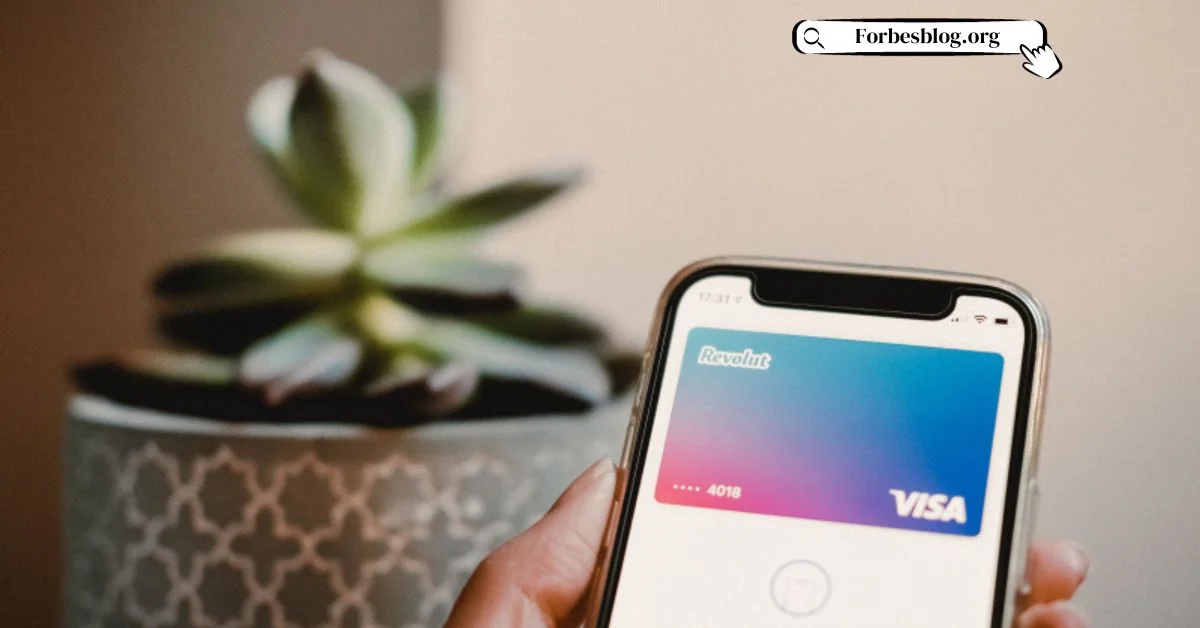The banking industry is rapidly shifting from traditional business to a modern and innovative space. You can now access your bank accounts remotely on your phone and carry out any transaction. Users can also send or receive money in the comfort of their homes or offices.
However, developing a mobile app is not as simple as many people might think. From having a functional system to a swift UX, you need expert developers on board to deliver an exceptional product. Besides, t is quite costly to create a banking application meeting specific customer needs.
But what does it take to build a banking app? There are several steps you must follow to start the development process. Make sure you are familiar with the process before you think about creating an app. This article helps you gain more insight into developing a top-tier app for banking institutions. But first, let us take a look at how these mobile apps benefit the banks and the users.
Table of Contents
Benefits of Mobile Banking Apps
The use of modern banking apps is very convenient and beneficial for individuals. Their gains include:
- Convenient account access
- Many functions
- Fast cash transactions
- Advanced security features
- Customer-friendly design
Banks also benefit from launching modern and functional apps for their consumers. A banking app typically:
- Increases customer engagements
- Expands the outreach to clients
- Saves business overheads
- Offers a high competitive edge
- Increases revenue
Steps to Develop a Banking App
Building a banking app is similar to creating any web product, only that it requires more security layers. Let us explore the steps you need to follow to develop a top-tier digital banking solution.
Adequate Research
The first step entails conducting thorough research on the project. You need to understand the market dynamics and what the competitors are offering. Building a banking app blindly on assumptions is a mistake that might cost your business revenue.
Research is vital since it covers diverse aspects such as culture, user behavior, and demographics. For example, an American banking app will not serve European customers efficiently. Each demographic category has unique user requirements and technical specifications. Thus, take enough time to research before creating a bank application.
Security Framework
The banking sector is critical due to the sensitive nature of customer data. One security breach can cause data loss, theft, and reputational damages to the bank. That is why this second stage is crucial in bank app development. If a customer is not active on the app, it will automatically log the person out for security reasons. You must ensure that the app has secure password vaults to prevent hackers from accessing it.
Furthermore, the developers should add high-level data privacy features to protect the users. Ensure the app has added layers of security framework to avoid external attacks.
Prototyping and Testing
This step entails developing a prototype for the application. The prototype displays user interactions right from the entry point until the user completes a particular task. It acts as a roadmap that shows the developers how the app will function.
Prototypes are simple blueprints that show the design, structure, and application logic. Though it is not the end product, it helps developers transfer their concepts to a live project. You can then test it on real users and get feedback on the app’s functionality and relevance. Testing the prototype helps polish the app and make it more effective.

UX & UI Design Phase
The design team should be ready to create an appealing interface for users. After extensive research, you’ll have an idea of what the users want and feedback from the prototype test. Thus, ensure the app is user-friendly with less friction. The dashboard and homepage should be intuitive with visible action tabs and instructions. No one wants to press the wrong button and lose their money, especially when transferring large amounts. Therefore, ensure the UX/UI designers develop a simple, interactive, and friendly design.
Application Development
In this phase, you must choose an appropriate technology framework for your application. Since it is a mobile app, you can use native programming languages during the development process. Also, the type of mobile operating system will determine the tech stack you will incorporate in the application. For instance, Swift is suitable for iOS, while Java fits Android apps.
Third-Party Solutions
This is another essential step in your app’s creation. It helps the banking product to be more engaging and user-friendly. API integrations are solutions that simplify some processes, such as connecting other accounts to the app, messaging features, and verification tools. However, you must double-check the third-party companies for reliability and security.
Launch
After passing through all the steps, it is now time to launch your app to the market. You can market your project on mobile stores by following their policies. The customers will start using your app and accessing the banking features. Be ready to read reviews and feedback about your application. This means that you might get suggestions on improving specific features. So, developing the app doesn’t stop here; it is still a continuous process of updating and making it more user-friendly.
Security Is Key
The introduction of mobile banking apps is indeed a life-saver for many people. You can open your bank app and transact in a few minutes. No more wasting time in queues waiting to be served.
However, the developers must be extra cautious during the development process despite the convenience. Online hackers are always looking for vulnerable loopholes to intercept bank transactions or accounts.
Therefore, the above steps highlight the significance of following each phase to develop an efficient and secure banking app.






